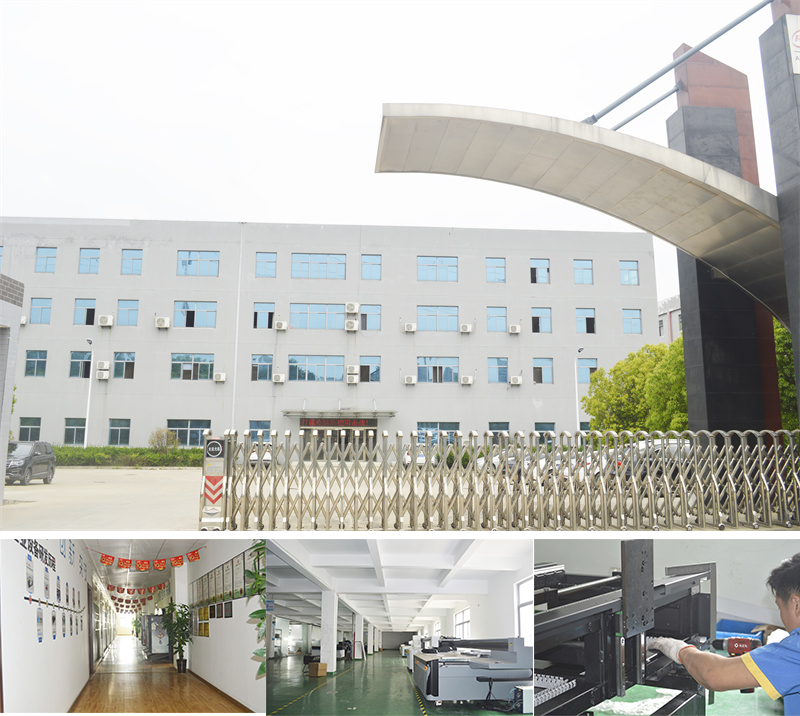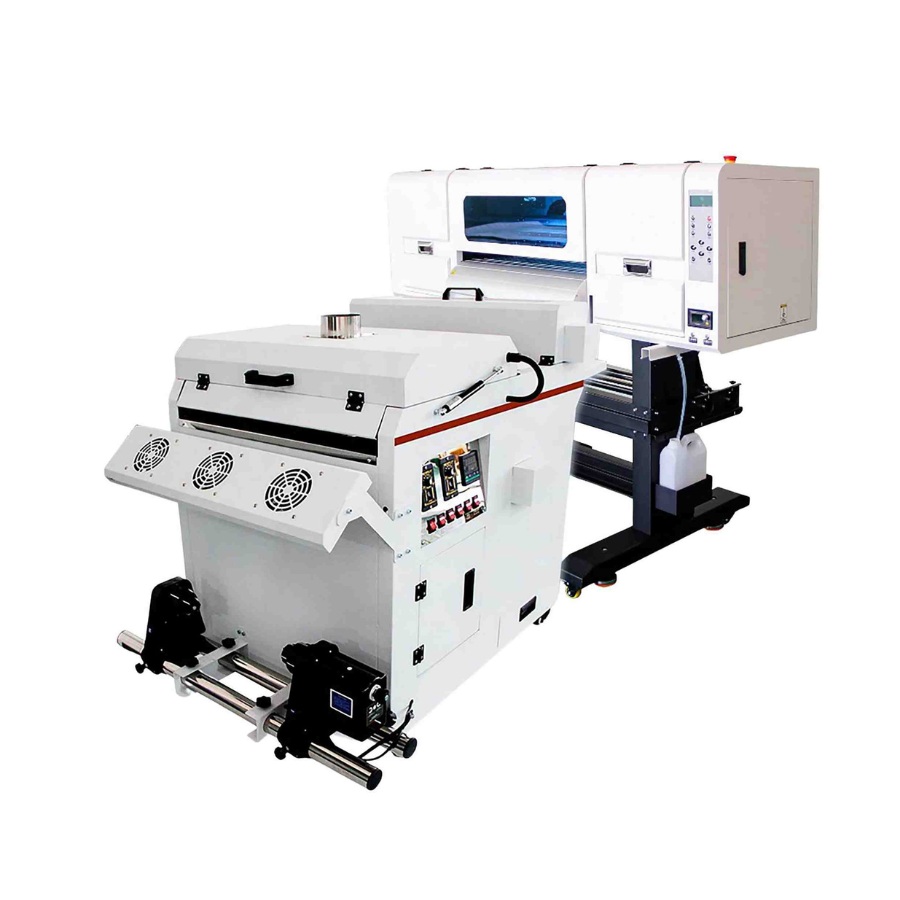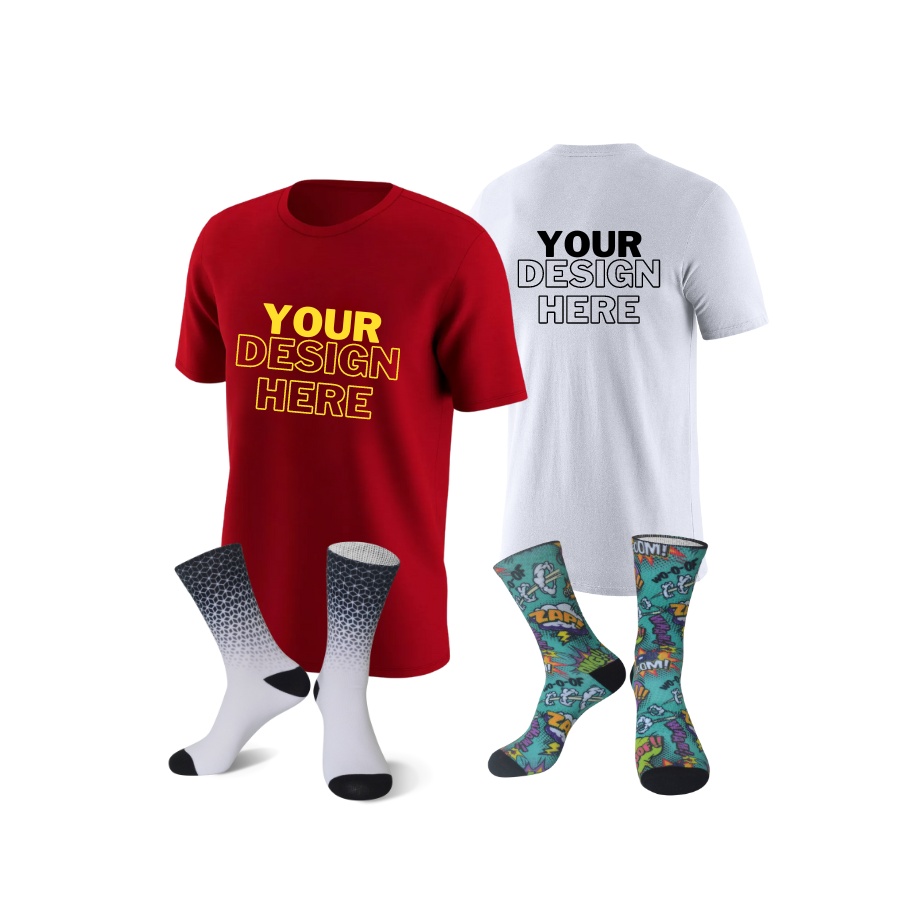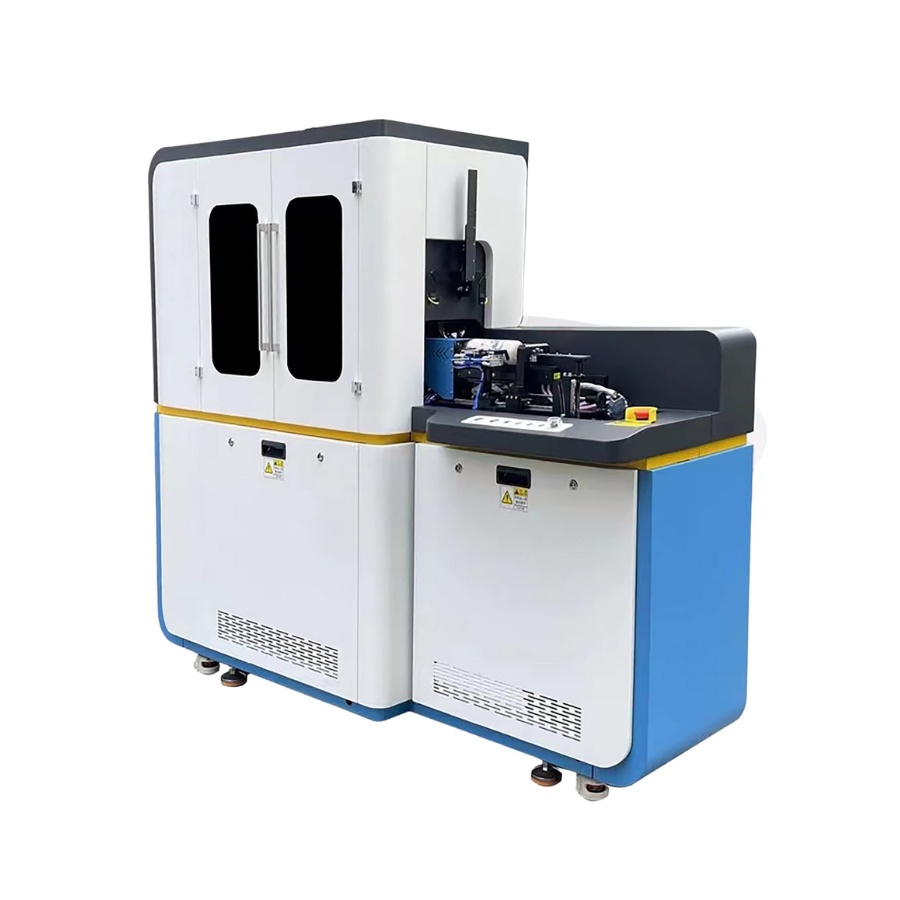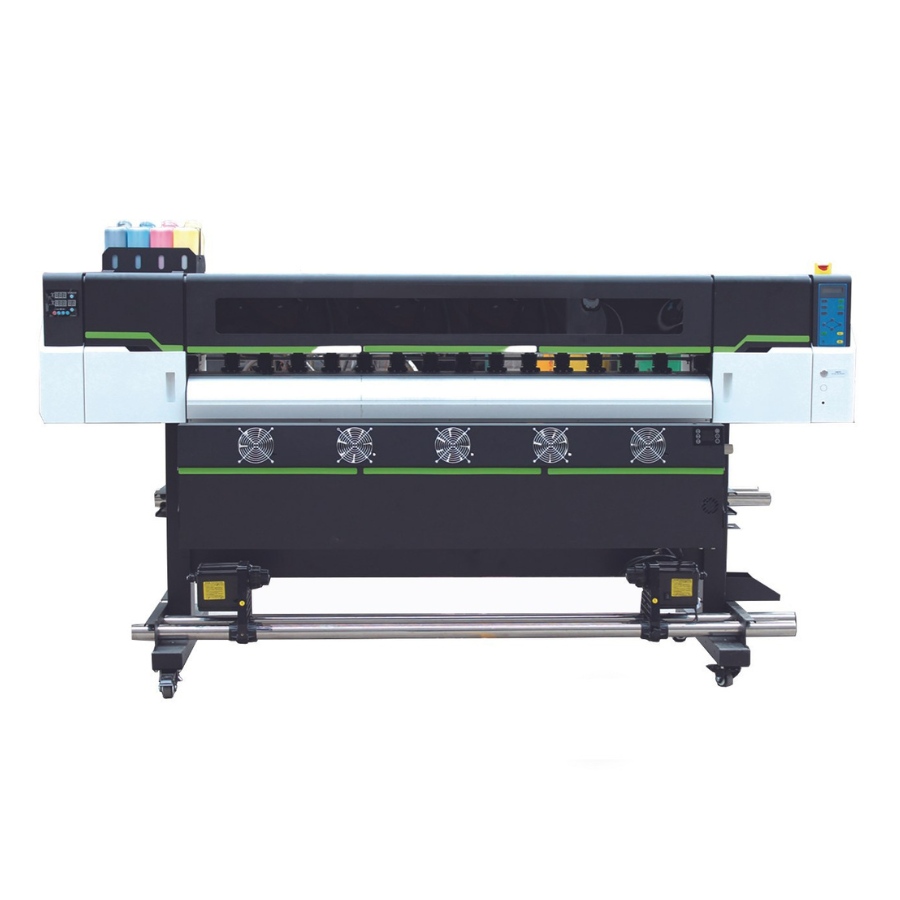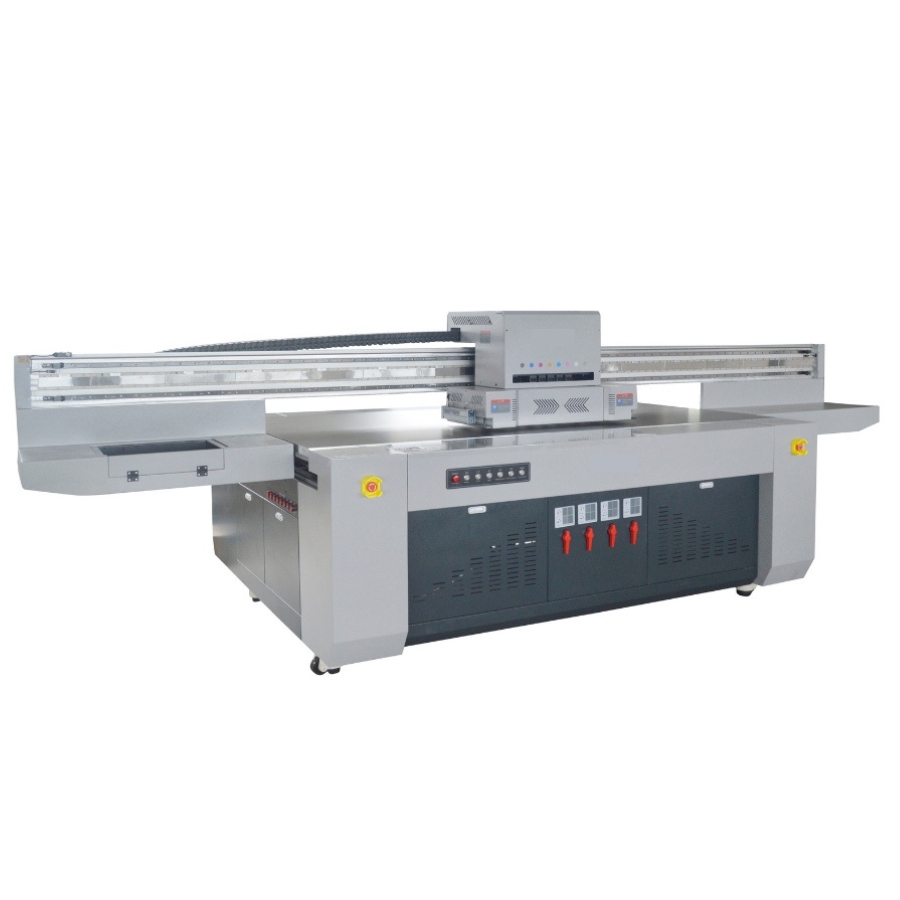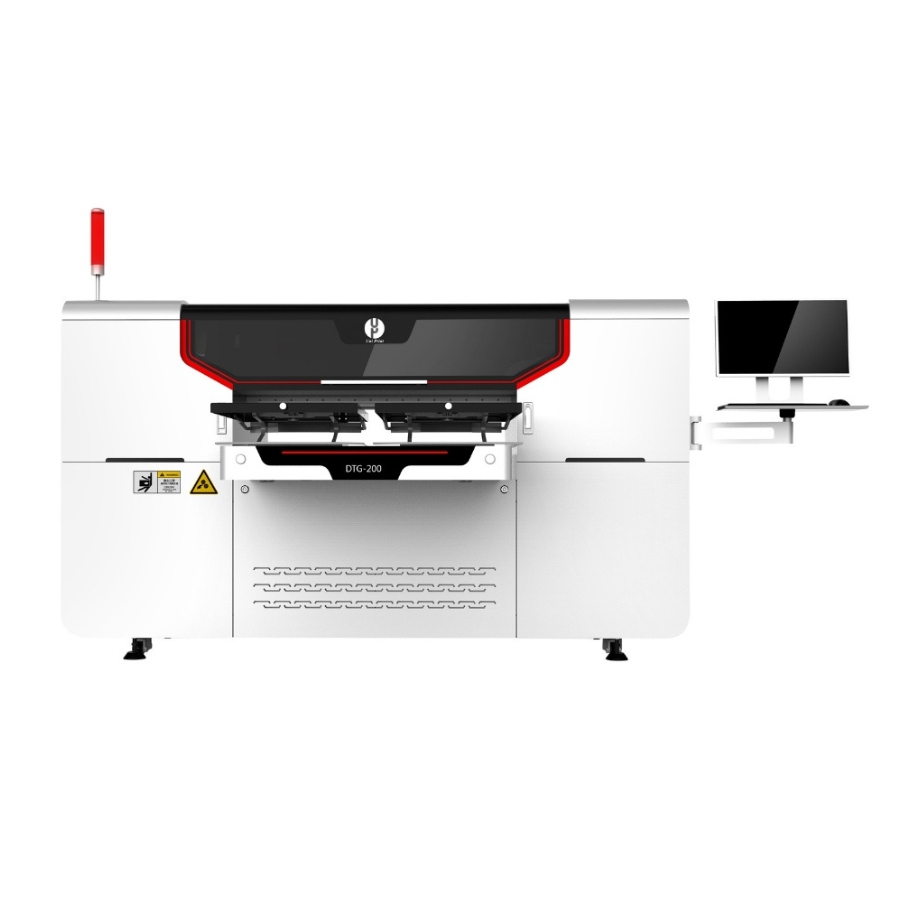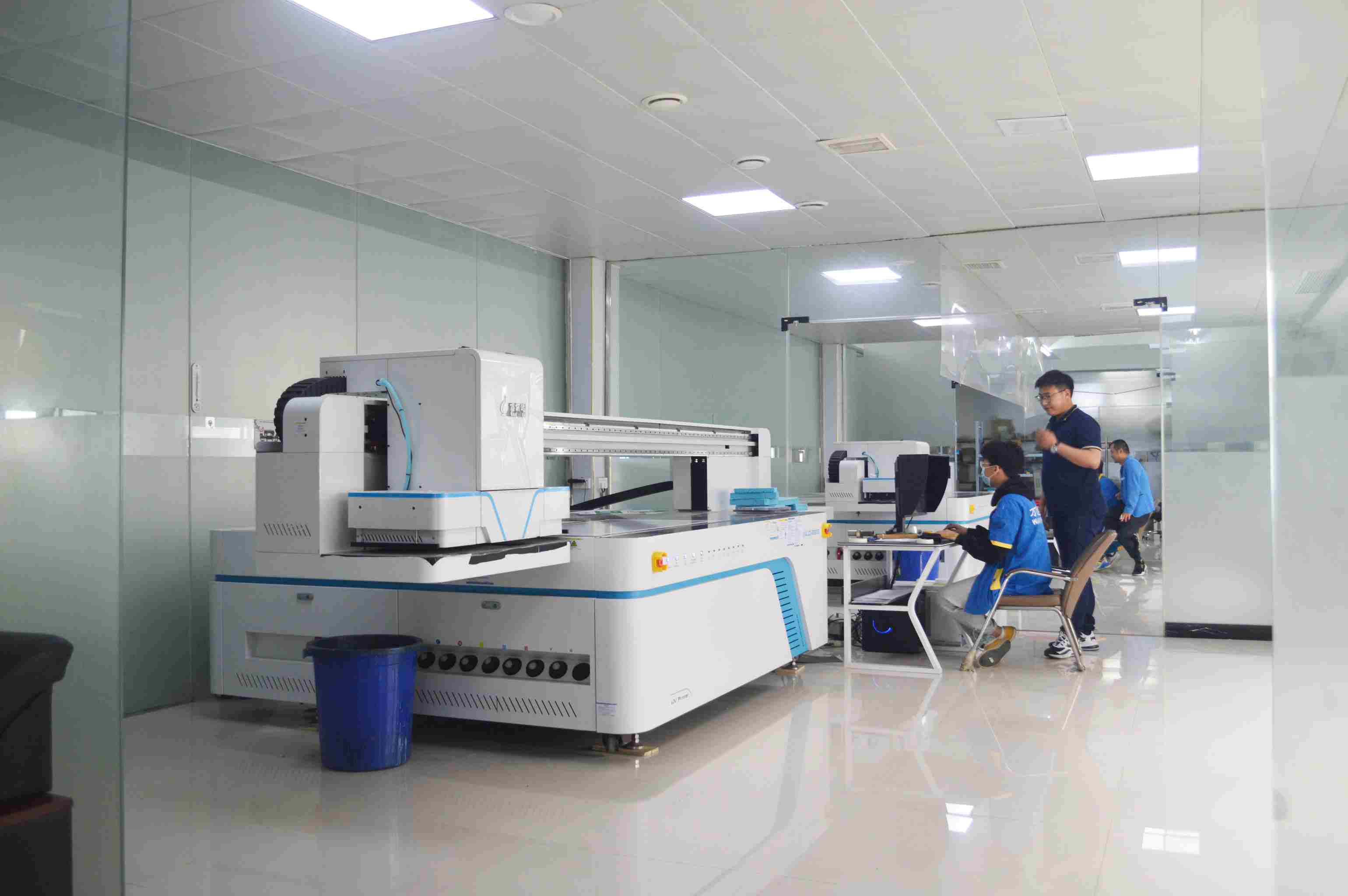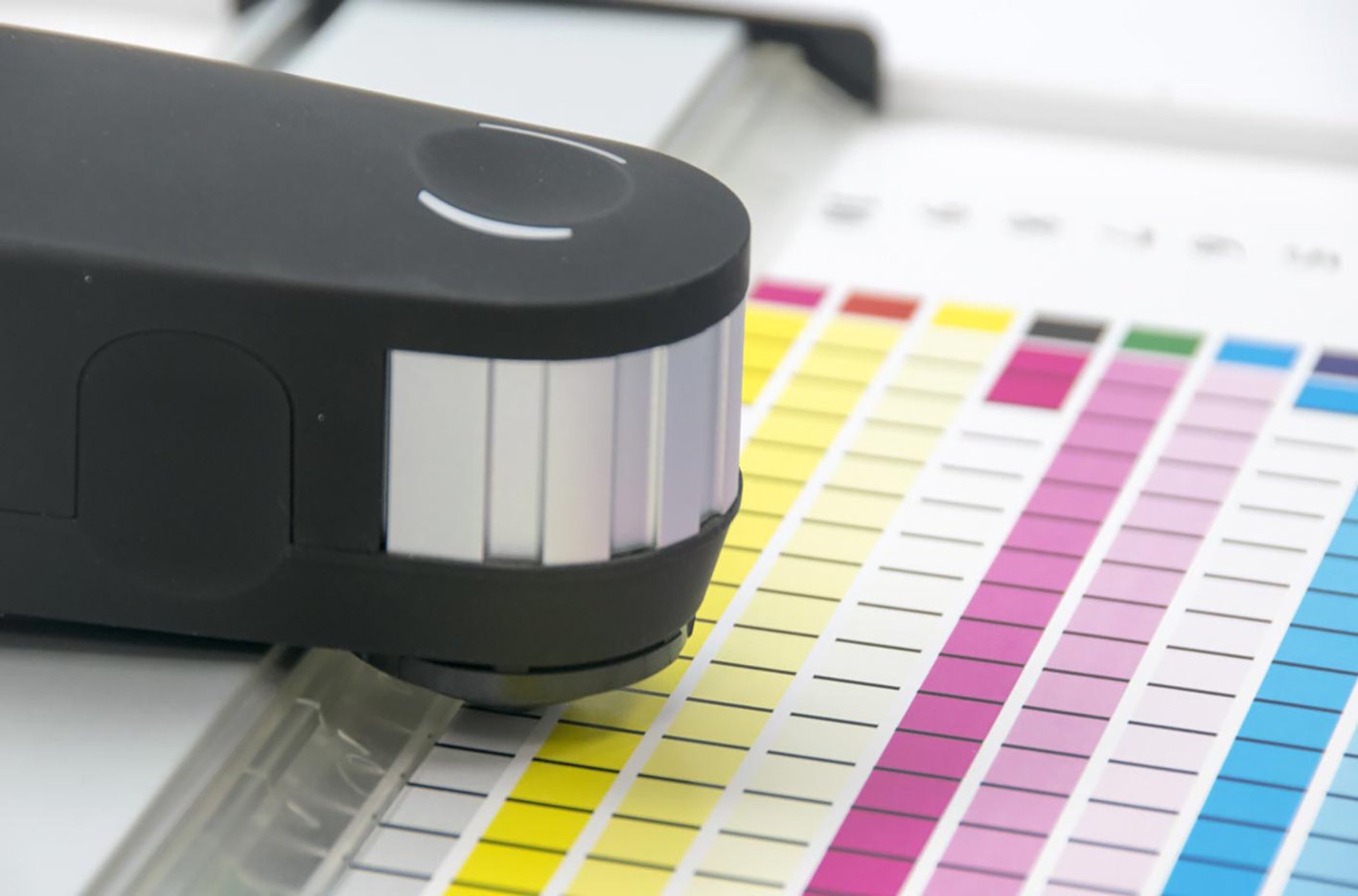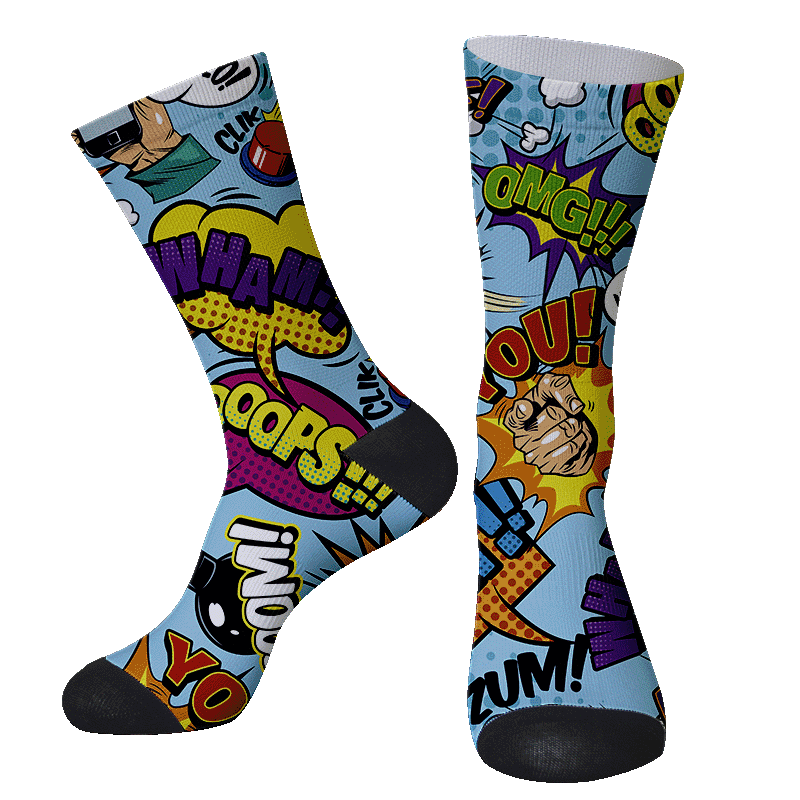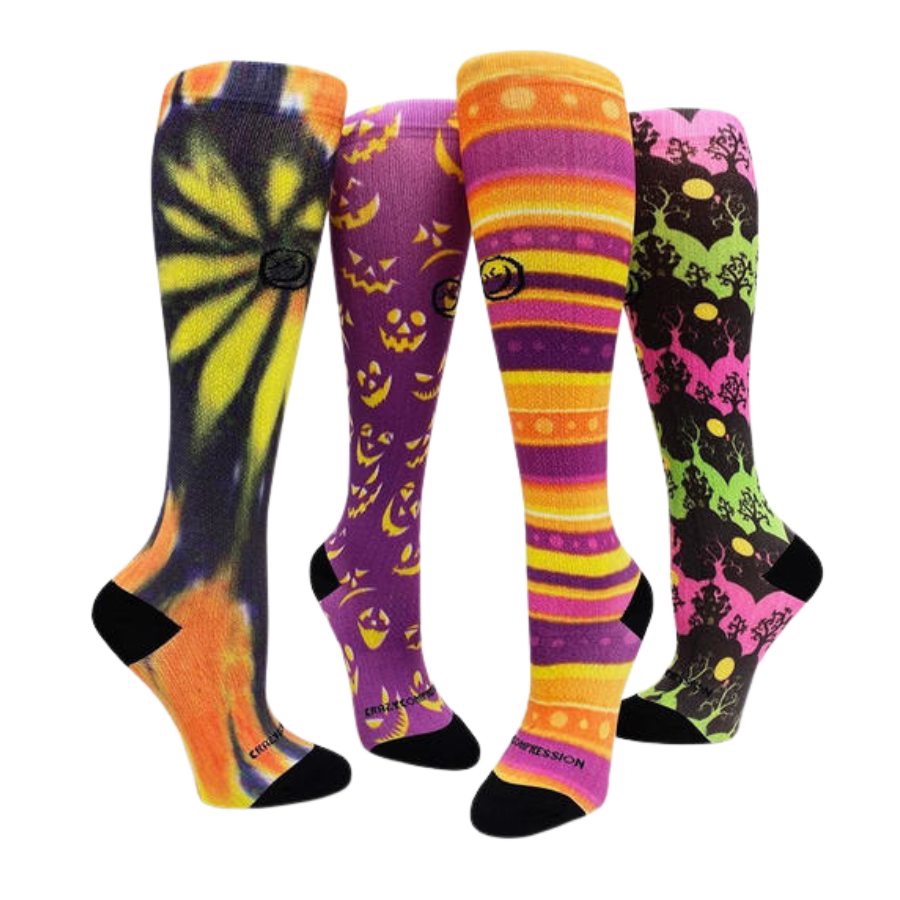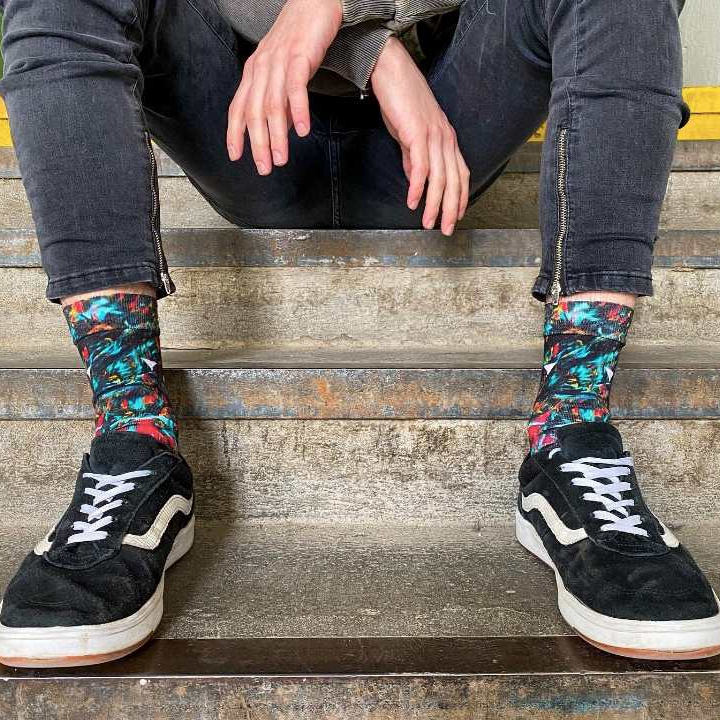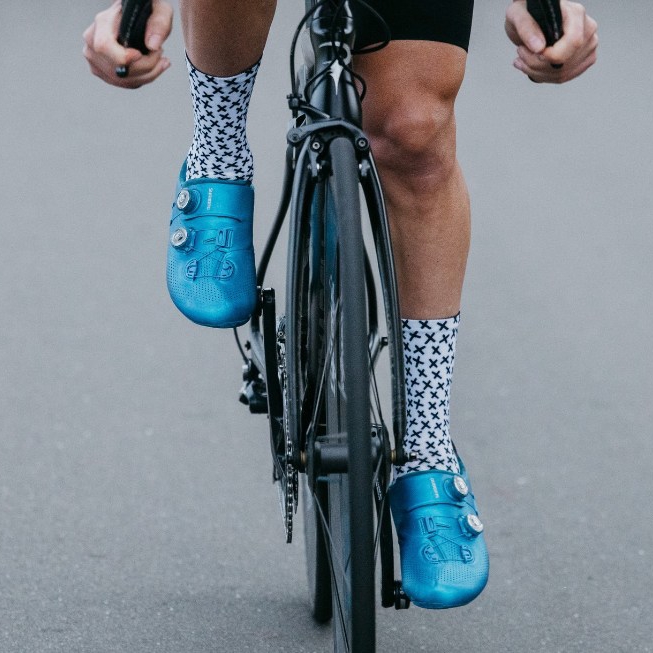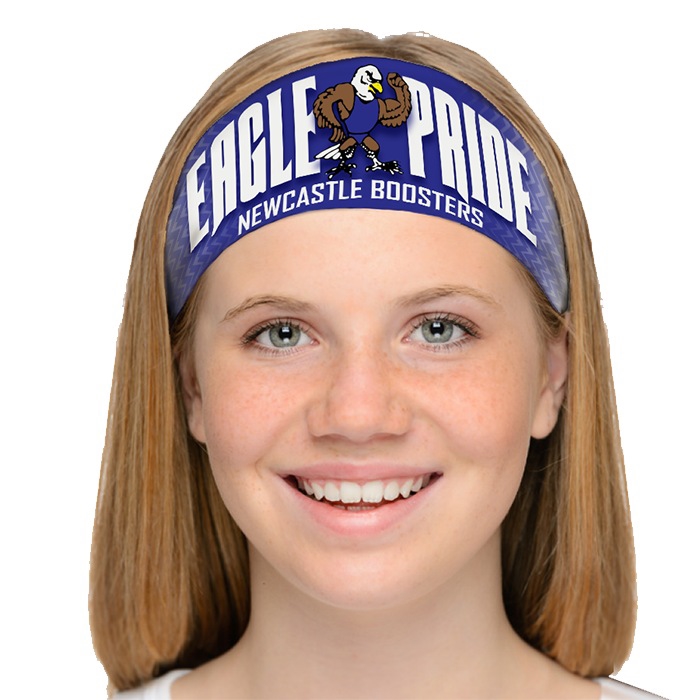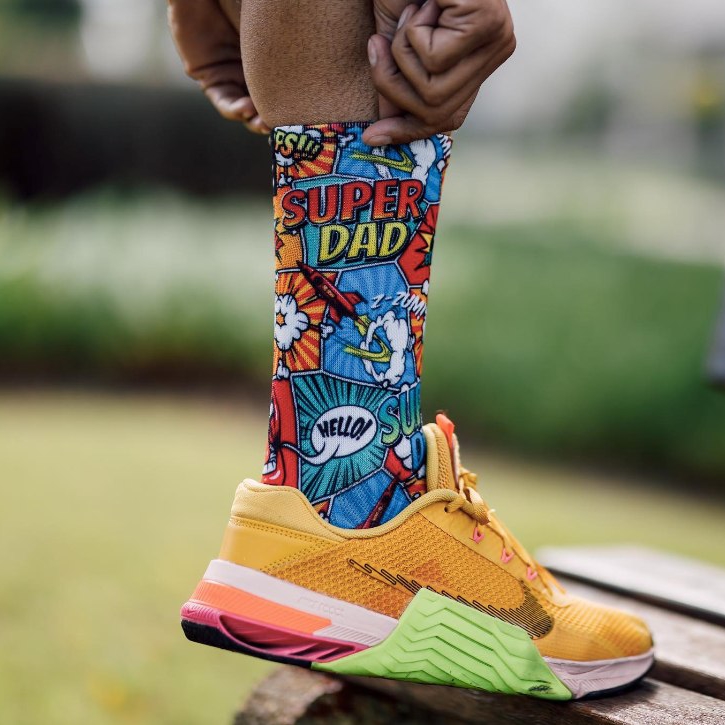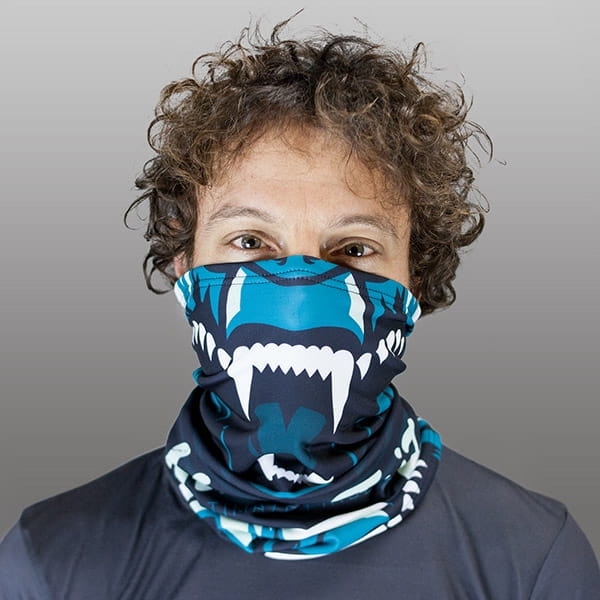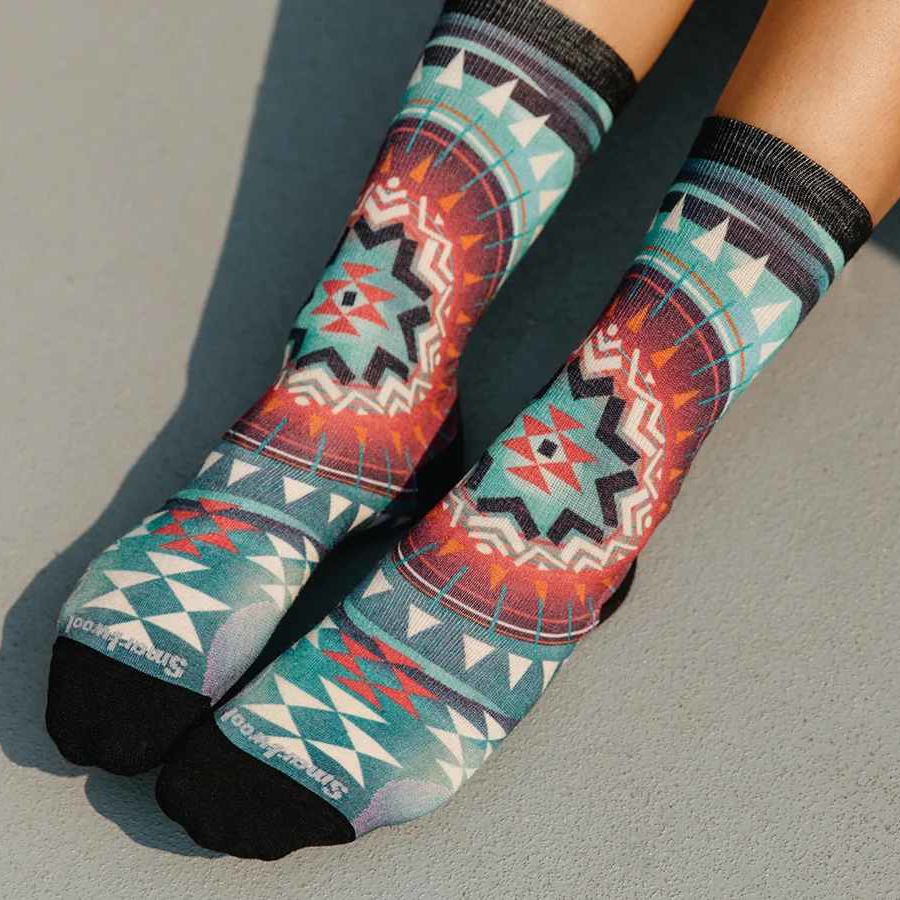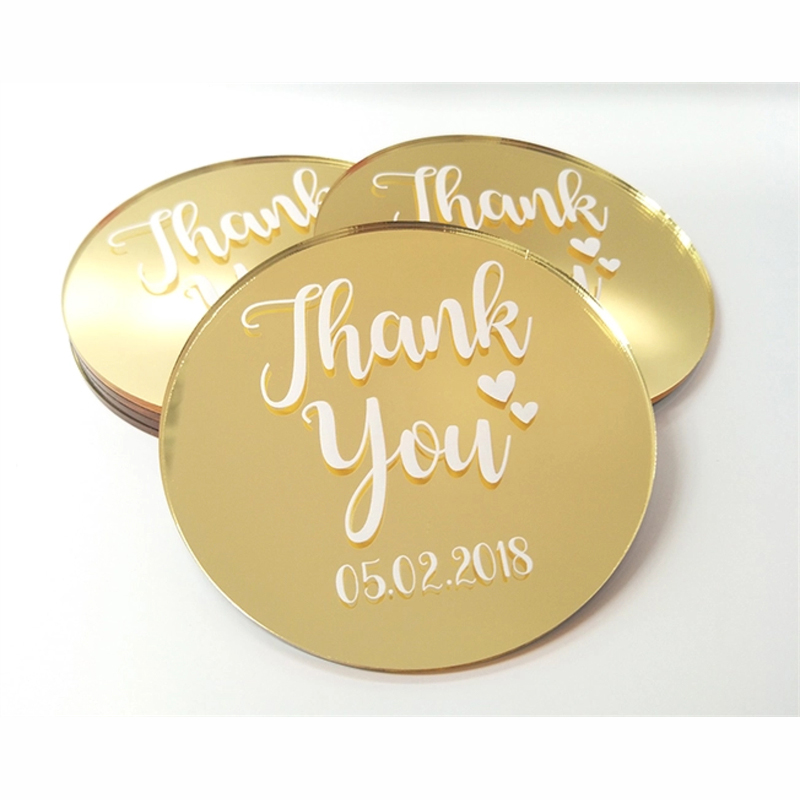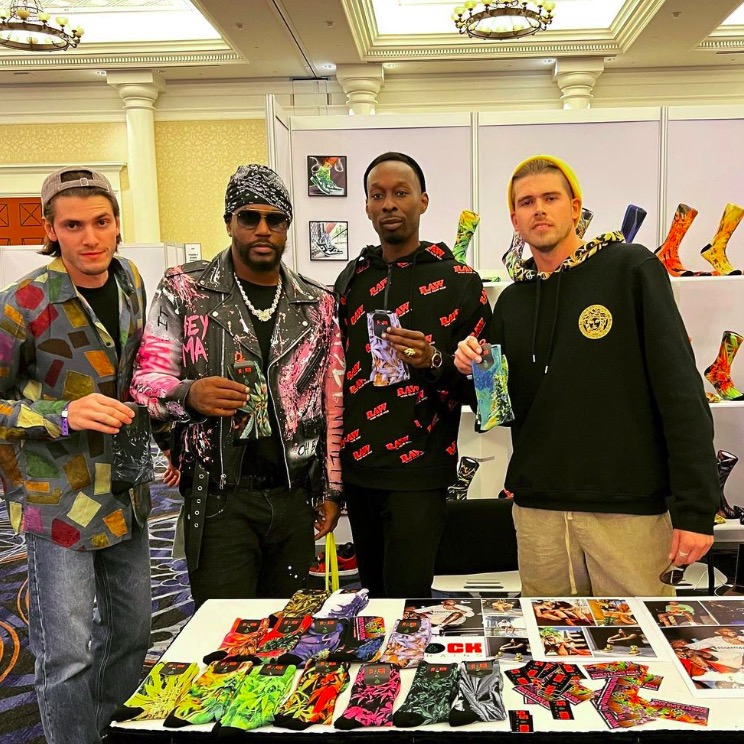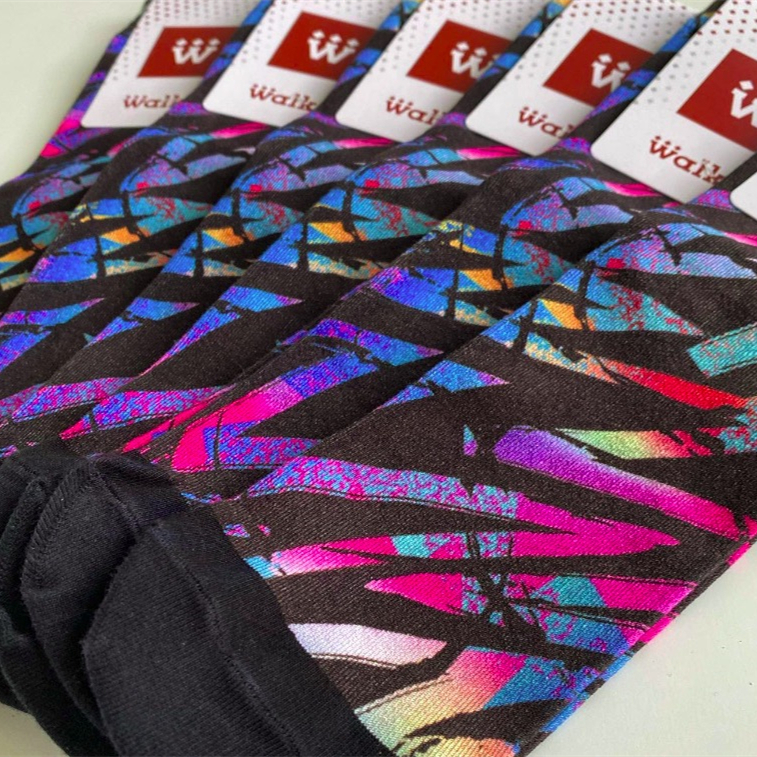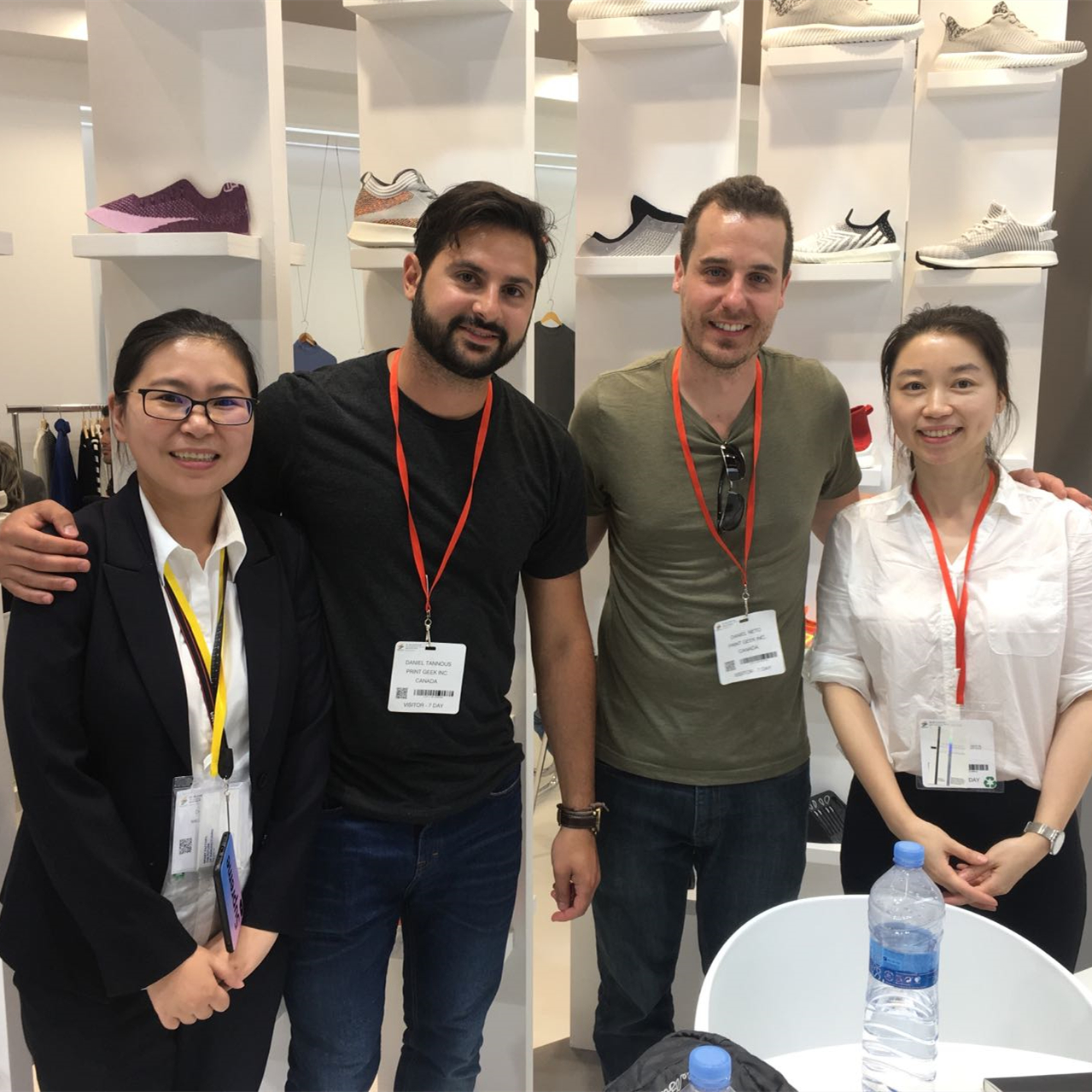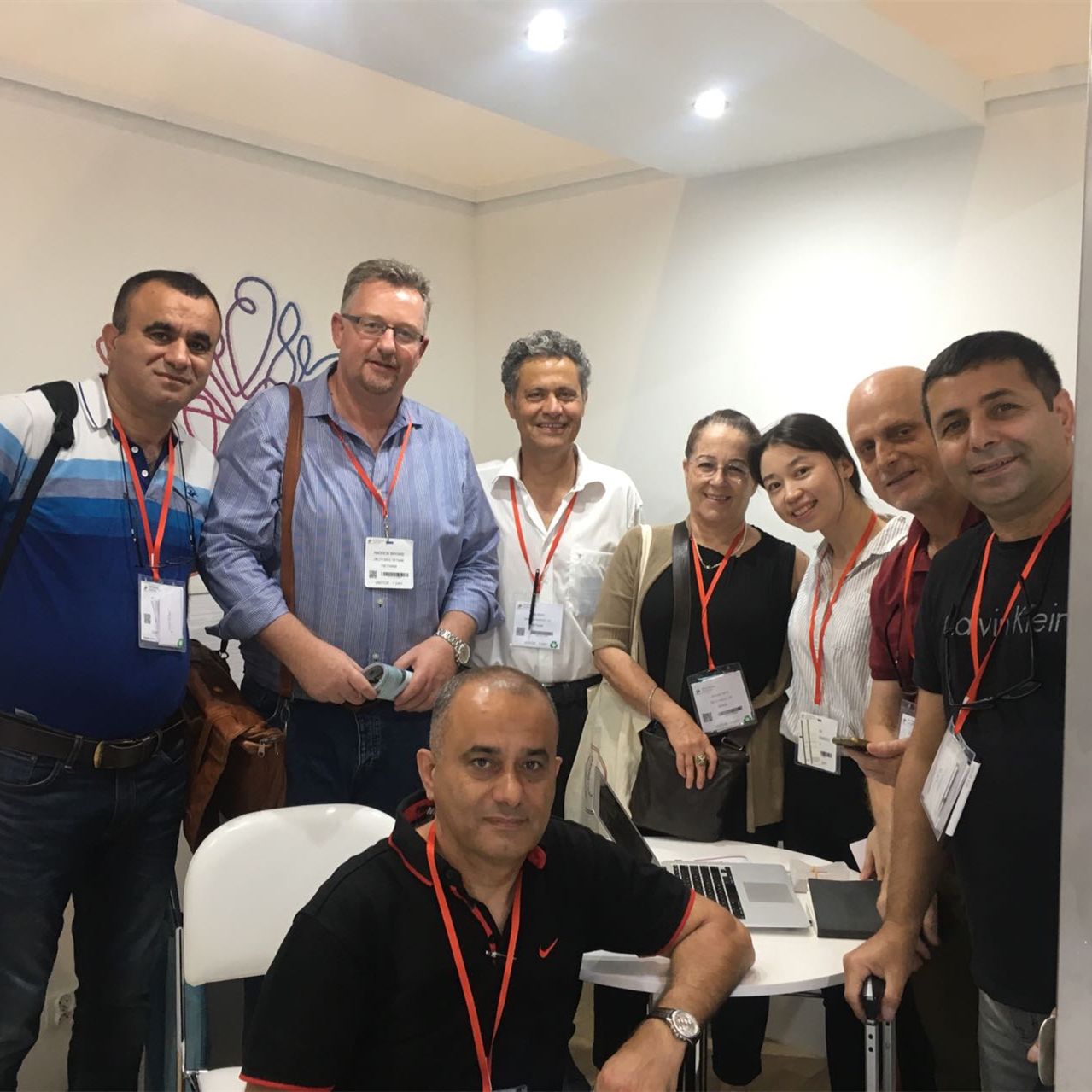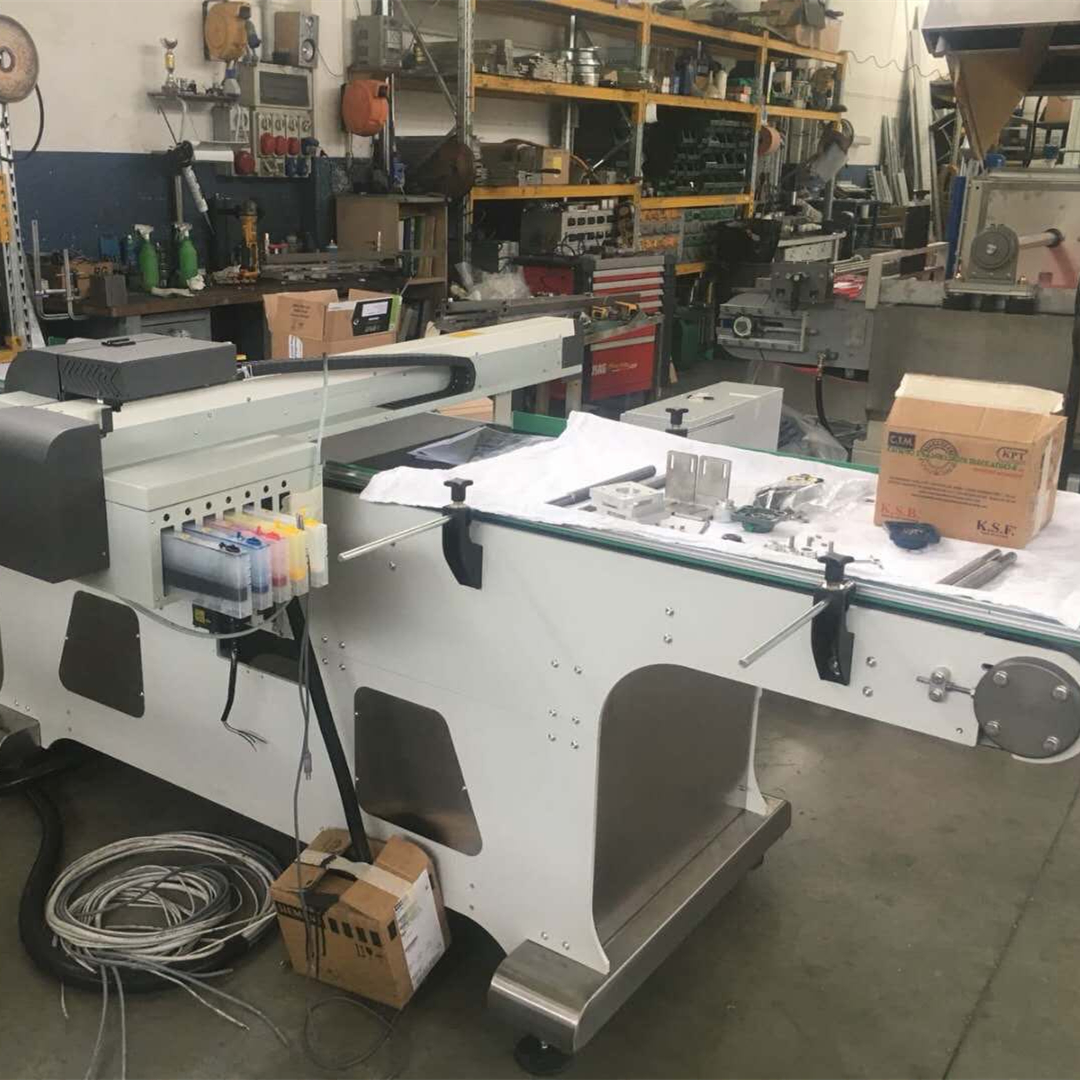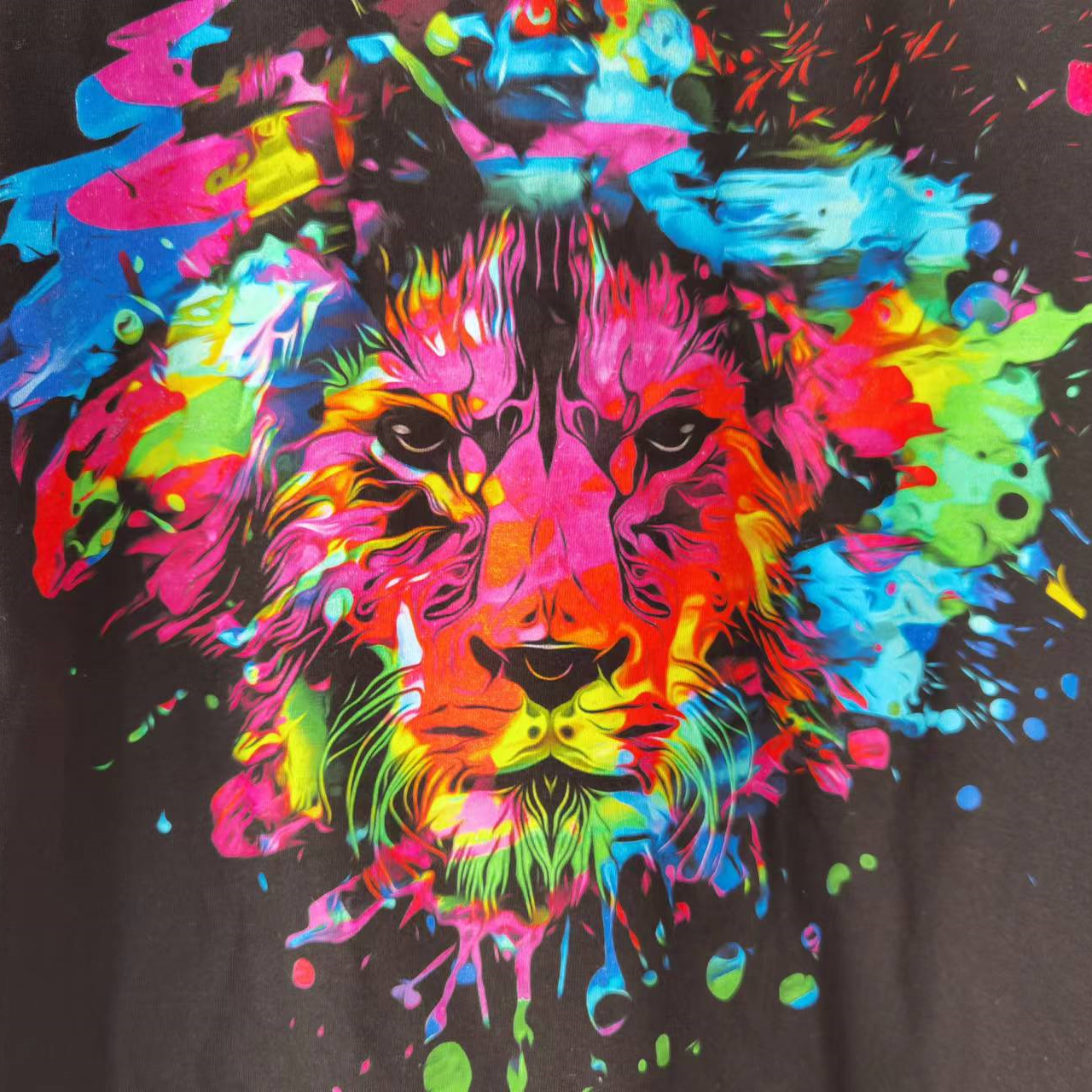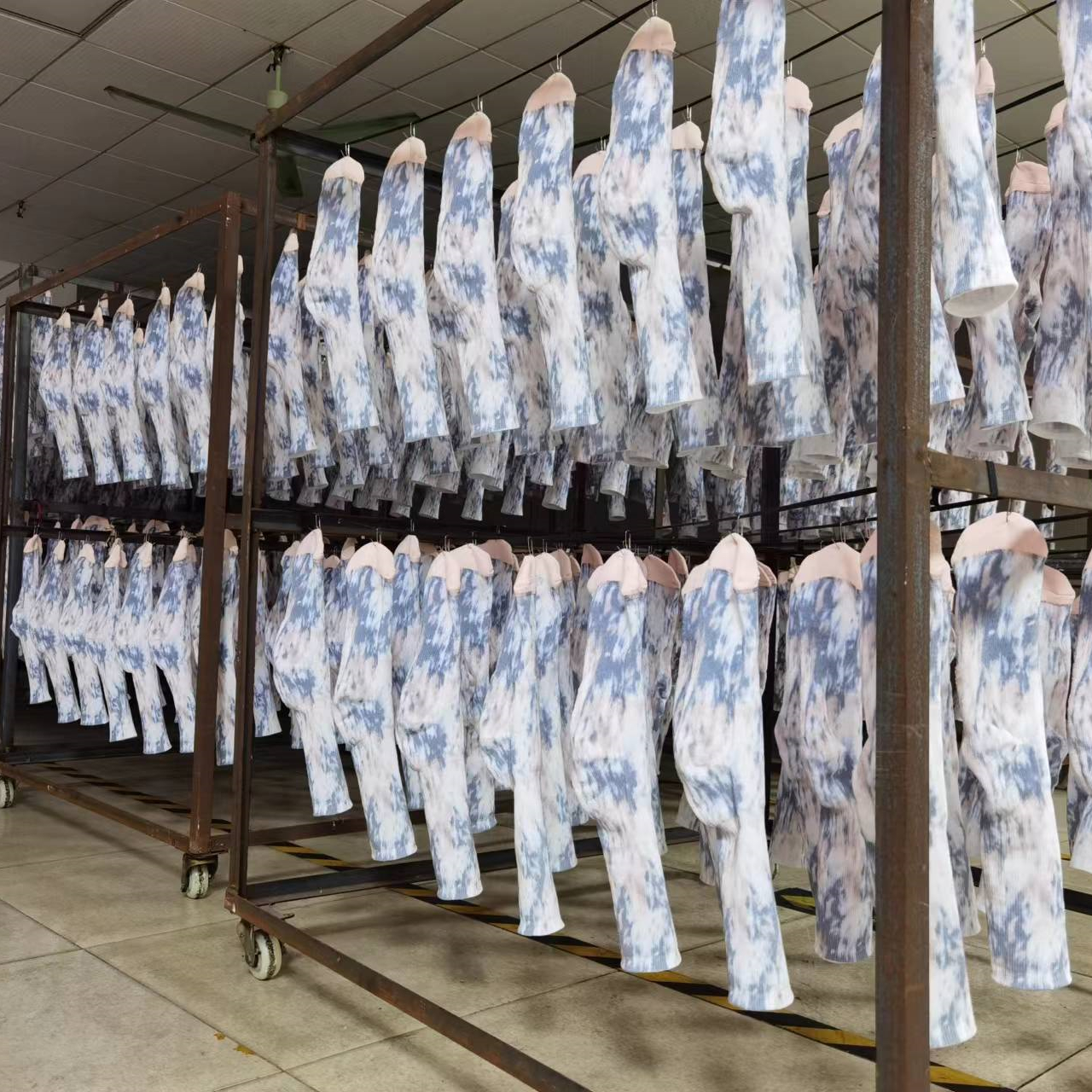Sublimation printing is one of the most popular printing processes. It involves the transfer of a design from the sublimation paper onto other materials such as fabric sheets, using heat and pressure simultaneously. The actual process entails changing the solid particles of ink into a gaseous state, which then leaves a print wherever you want it to. Due to this, you usually have to use it with a heat press machine or a rotary heater.
As a whole, sublimation printing is a relatively newer method. However, it is quickly picking up pace in terms of popularity, considering how it takes less time, is more cost-effective, and is easy enough for people to execute even at home. Hence, it is a great option for businesses! It is very profitable, helps companies to stay within budget and save money, and of course, creates beautiful, aesthetically pleasing products.
Sublimation printing is a very easy process and does not require a lot of effort from your side. As long as you get yourself the right equipment and familiarize yourself with the ins and outs of sublimation printing properly, you are well-sorted and can easily do it yourself!
In this regard, the first thing we suggest you do is to get a sublimation printer and a heat press machine/a rotary heater. This is the main equipment you need to be able to properly execute the sublimation printing process. Other than this, you will also need sublimation ink, transfer paper, and polyester fabric.
Once you have gathered all the necessary equipment, you can proceed to print your design onto transfer paper. This is essentially the part of the process where you employ a sublimation printer.
After printing the design on the transfer paper, you should then use a heat press machine or a rotary heater to transfer the design onto fabric. This will usually be fully polyester fabric or a high polyester content fabric that is white in color. You can use other colors as well, but sublimation printing goes the best with white fabric in terms of the printing effect.
All sorts of products!
That’s probably one of the best things about sublimation printing: it can be used to personalize many kinds of products. The most prominent kinds of products that can be elevated through sublimation printing are the following: sports garments, beanies, shirts, pants, socks.
However, you can even use sublimation printing for items that are NOT clothing, such as mugs, phone covers, ceramic plates, and whatnot? The list is a little long, but these products should give you an idea of the kind of stuff that is covered with
Fully polyester fabric or high content polyester fabric only! Polyester is the only fabric that will sustain your design. If you print something on cotton or other similar fabrics, it’s not going to work well because the print is simply going to wash off.
It is simple, fast, and cost-effective.
Running a business is no easy task, and if there is a printing process that will help you save not only money but also time and effort, why shouldn’t you go for it? Sublimation printing is a cost-effective solution to producing personalized, aesthetically pleasing products.
Unlimited colors.
You can print any color (except white) onto your fabric or substrate! What better way to elevate your products than to flaunt different hues of pink, purple, and blue? With sublimation printing, your product is your canvas, and you can paint it with whatever colors you deem appealing. The choice is entirely yours!
Wide application.
Another great thing about sublimation is that it can cater to multiple applications. If you have a business that provides rigid objects like cups, mugs, ceramic tiles, phone case covers, wallets, or flip flops, you can massively benefit from sublimation printing. However, if you run a clothing business and want to use sublimation printing for products such as sports garments, flags, and backlight cloth - basically all sorts of fabrics that are made of high content polyester.
Bulk production.
If you are looking for a printing process that fits low MOQ orders and bulk production orders, then sublimation printing is the best possible option. The UniPrint Sublimation Printer, for example, employs Print-on-Demand (POD) technology, which means that there is no minimum on printing: you print precisely as much as you need, nothing less, nothing more.
Direct To Garment printing, also known as DTG printing, is the process of printing designs and photos directly onto garments. It uses inkjet technology to provide print-on-demand services and can print anything you want onto clothes and garments.
DTG printing is also called t-shirt printing or garment printing. DTG is a more straightforward and simple term to remember, which is why it is used for this process.
Sublimation is the process of printing on sublimation heat transfer paper. There is a coating layer on the heat transfer paper used for Sublimation. After the printing process, you have to use a heat press to transfer the print onto the fabric. Sublimation can only be used for polyester fabric or high content polyester content products.
DTG Printing is the process of direct printing on garments. The process requires pretreatment of the material before printing, and after printing, you must use a heat press or belt heater to cure and fix the prints. DTG can be used on various kinds of fabrics like Cotton, silk, linen, etc.
There are multiple ways for printing t-shirts. The best ones include:
DTG printing is mostly applied to cotton shirts or garments with a high percentage of cotton.
Screen printing is most suitable for business orders with less color design but a large number of orders.
Dye-sublimation printing is a simple process and gives the best results on polyester
DTF printing can be done on cotton and synthetic material and uses polyethylene terephthalate film to print. The cost is high for the material, and it is suitable for small-scale prints, like logo printing.
DTG Printer can work with any designs or patterns with multiple colors. It provides you with high-resolution prints on garments. With DTG printing, you don’t have to worry about which designs you can or cannot print.
DTG printing is an excellent choice for businesses. Our DTG printers are affordable, and you get all the equipment you require for the printing process. With UniPrint’s package, you get a pretreatment solution for your garments and t-shirts and a heat press to ensure the prints are long-lasting and durable.
Using DTG printing can ensure you make immense profit in your business. It makes this printing process an excellent choice for businesses and companies. You can print t-shirts for as low as $2-4 and sell them for as much as $20-24.
Digital socks printing is the process of printing digital-based images directly onto socks. It uses advanced Print on Demand (POD) technology. UniPrint digital socks printer can be used to print designs on different materials of socks like cotton, polyester, bamboo, wool etc.
Digital socks printing can be used to print multiple types of socks like sports socks, compression socks, formal socks, casual socks, etc. With 360Rotary digital socks printing, customers can print any images/logo/designs onto socks, and it will turn out looking seamless and high-quality.
There're many benefits of using UniPrint Digital Socks Printer, including:
- Small orders are possible: you can order as little as one pair of socks without worrying about large quantities.
- Various options of materials: you can print socks on polyester, cotton, bamboo, wool etc., and get seamless results each time.
- High-resolution prints: EPSON DX5 enables you to get high-resolution 1440dpi printing. You can get prints as clear as what you see with your eyes.
- Unlimited colors: unlike jacquard socks, there's no limitation on the colors you can print. The CMYK ink enables you to meet all color requirements in your designs.
- Fast turnaround: with 40~50pair/hr output, customers can send out deliveries of all orders very quickly and always on time.
With the UniPrint Socks Printer, you can print detailed designs on various materials, including:
- Cotton
- Polyester
- Wool
- Bamboo
- Nylon
When you buy UniPrint’s Socks Printer, you get a warranty of 1-year. You also get a warranty for spare parts like boards, motors, electric parts, etc. However, for other spare parts related to the ink system in the printer, such as the printhead, there is no warranty.
Length:
Socks of any length above the ankle can be printed using UniPrint’s digital socks printer. When the process is taking place, the sock has to be stretched to keep the heel flat, which is why any sock that is not longer than ankle-length will not be able to be printed.
Material:
When printing socks, use pure material. The purer the material is, the easier it will be to get high-quality results. If the material is mixed like 30% polyester and 70% cotton, it will not get the best results possible compared to socks that are made with 90% cotton and 10% polyester.
Model:
You can use Socks Printer to print casual socks, sports socks, formal socks, compression socks, and much more.
Ultraviolet printing, more commonly known as UV printing, refers to the digital inkjet printing process which uses ultraviolet curing technology. A UV Flatbed printer contains LED lamp beads on both sides of the printing carriage.
The UV printing process involves special inks called UV ink, which can cure the printing quickly when exposed to ultraviolet (UV) light. The printing results are achieved fast with UV printing, and they are high-resolution.
UV Flatbed Printers can be used to print on a vast array of materials, including:
- Photographic paper
- Film
- Canvas
- Plastic
- PVC
- Acrylic
- Carpet
- Tile
- Glass
- Ceramic
- Metal
- Wood
- Leather
UV Flatbed Printer produces prints that are high-resolution and long-lasting. You can print intricate, colorful designs using the UV Flatbed Printers on a wide range of materials. These printers make the process significantly faster and increase your company’s productivity.
Using a UV Flatbed Printer, you can create prints for advertisements, promotional items, outdoor and indoor signs, house decorations, personalized gifts, and much more.
A UV Flatbed Printer regularly uses an ink configuration of CMYK and White. The customer can also have a configuration of CMYK, White, and Varnish. With CMYK, you can print on all kinds of white backgrounds. With the CMYK and White configuration, you can print on all sorts of dark backgrounds. You can add Varnish to any part of your print to make it stand out.
The speed of UV printing depends on the printhead you are using. Different printheads have different speeds. When using the Epson printhead, the speed is 3-5sqm/hr, whereas the speed with the Ricoh printhead is 8-12sqm/hr.
